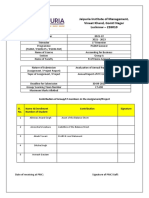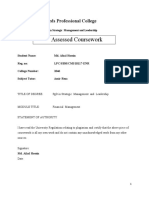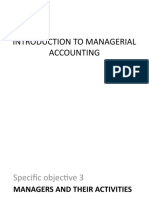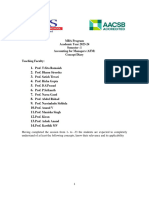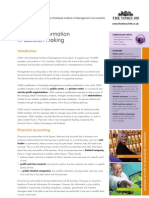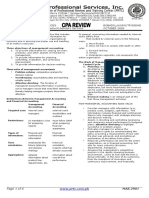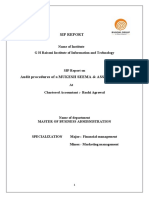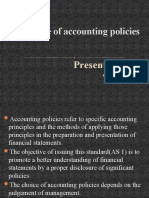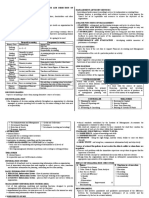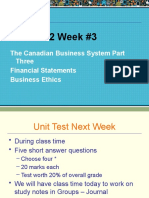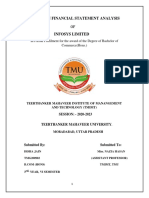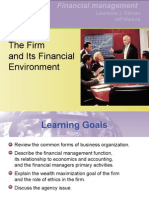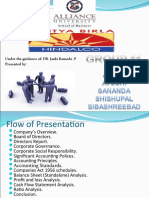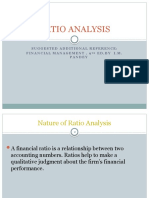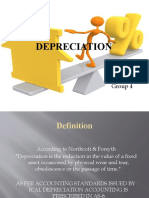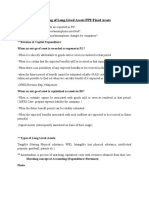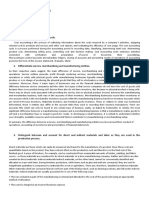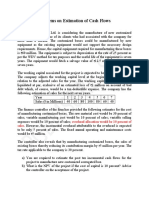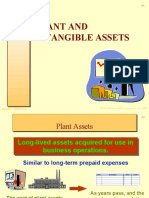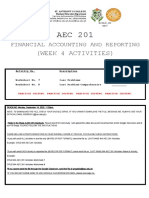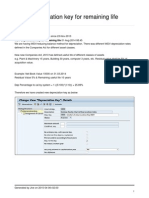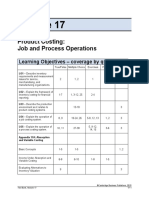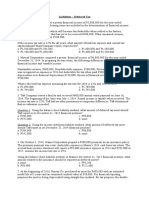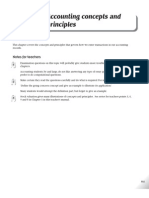0% found this document useful (0 votes)
174 views36 pagesTimex India Financial Overview
Timex India Ltd is a subsidiary of Timex Group that manufactures and markets watches globally. It has over 5,000 employees worldwide. In 2010-11, Timex India saw its highest revenue, profits, and volume to date with net sales up 25% and profit before tax up 203%. The company utilizes its parent company's global resources and manufacturing capabilities in India to offer international brands at competitive prices in the domestic market. Key initiatives were also undertaken to improve efficiencies and align stakeholders with the strategic plan for growth.
Uploaded by
Shrey KashyapCopyright
© © All Rights Reserved
We take content rights seriously. If you suspect this is your content, claim it here.
Available Formats
Download as PDF, TXT or read online on Scribd
0% found this document useful (0 votes)
174 views36 pagesTimex India Financial Overview
Timex India Ltd is a subsidiary of Timex Group that manufactures and markets watches globally. It has over 5,000 employees worldwide. In 2010-11, Timex India saw its highest revenue, profits, and volume to date with net sales up 25% and profit before tax up 203%. The company utilizes its parent company's global resources and manufacturing capabilities in India to offer international brands at competitive prices in the domestic market. Key initiatives were also undertaken to improve efficiencies and align stakeholders with the strategic plan for growth.
Uploaded by
Shrey KashyapCopyright
© © All Rights Reserved
We take content rights seriously. If you suspect this is your content, claim it here.
Available Formats
Download as PDF, TXT or read online on Scribd
/ 36





